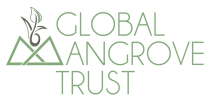Miracle Mangroves
Cultivating Prosperity and Sustainability for Communities and Nature
No Poverty
Mangrove forestry provides local communities with jobs planting and maintaining the forests while supporting the local ecosystems to increase fish stocks and provide livelihoods for fishermen and villagers who cultivate mangrove honey, farm clams, and derive artisanal medicines and dyes from the forest bounty.
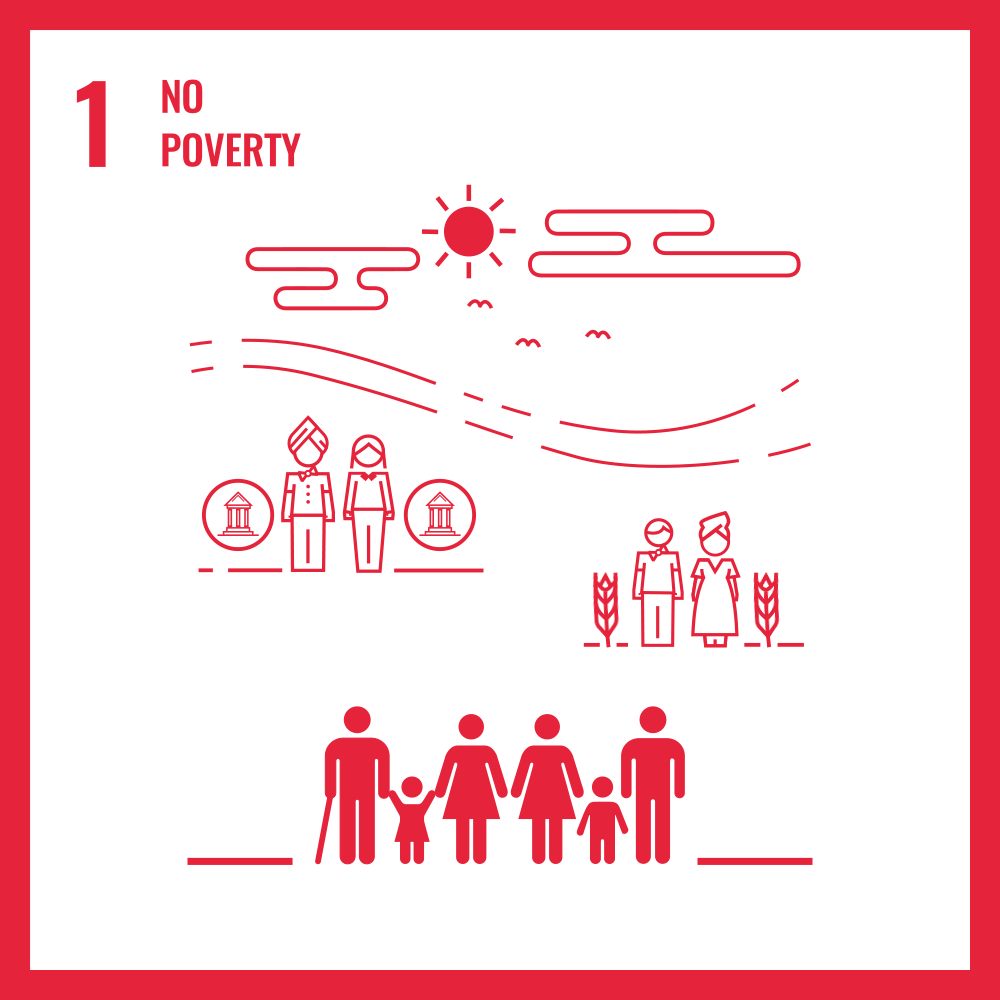

No Poverty
Mangrove forestry provides local communities with jobs planting and maintaining the forests while supporting the local ecosystems to increase fish stocks and provide livelihoods for fishermen and villagers who cultivate mangrove honey, farm clams, and derive artisanal medicines and dyes from the forest bounty.
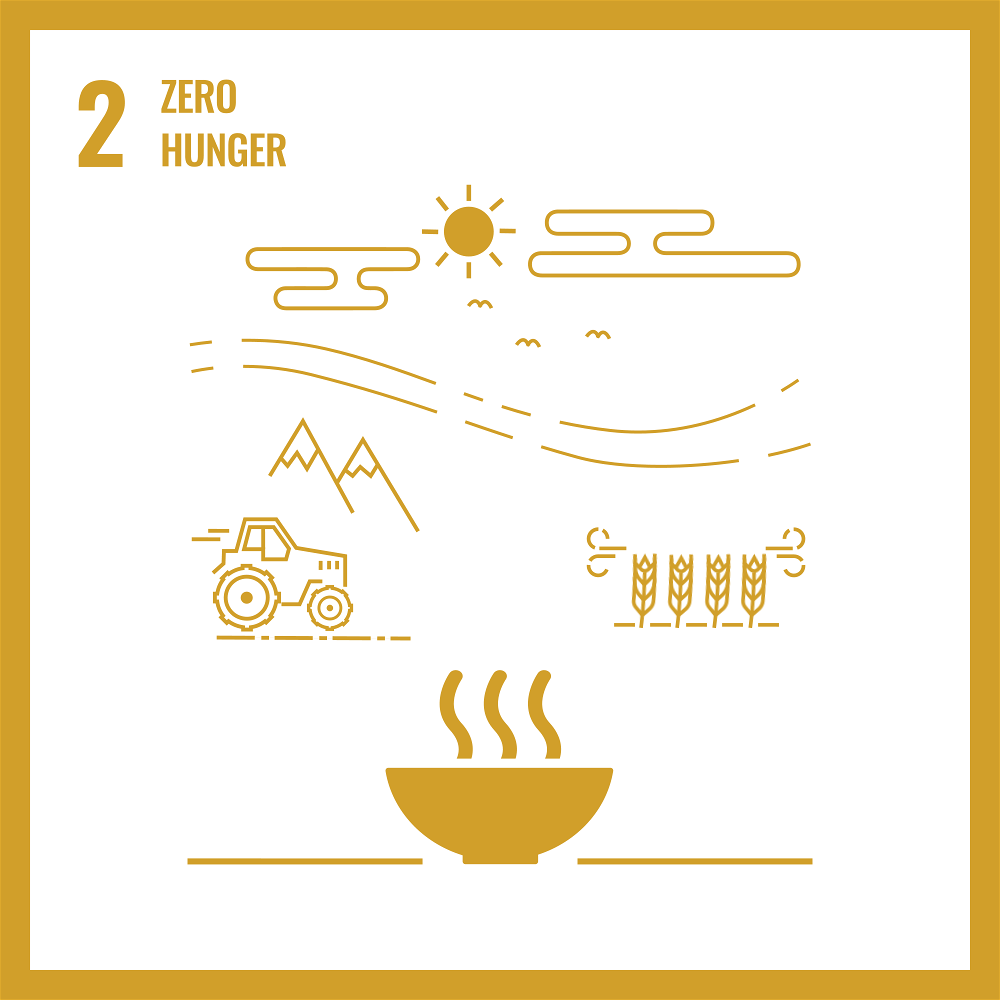
Zero Hunger
Mangroves support regeneration of wild game for subsistence hunting and lower the salinity of coastal waters. Marked improvements in local fish stocks can significantly alleviate hunger among nursery communities located in poverty-stricken locations, and the green shields protect rice paddy fields from salt water intrusion, preventing the most catastrophic impacts of storms. The vast majority of staffing at the nurseries are local people and these jobs are very definitely “decent work,” which generate significant economic growth in their localities.
Quality Education
GMT supports SDG 4 quite differently than the others as it encourages education outside of the Bay of Bengal via information dissemination to stakeholders and promotes collaboration with schools playing educational games using the GRO-Coin and its “dividends.” GMT regards schools as a fundamental part of its outreach and growth strategy. Secondly, many of the nurseries, including the one GMT is currently working with (Thor Heyerdahl Climate Park) provide local communities with education facilities, including electricity (solar), books, tablets, etc.
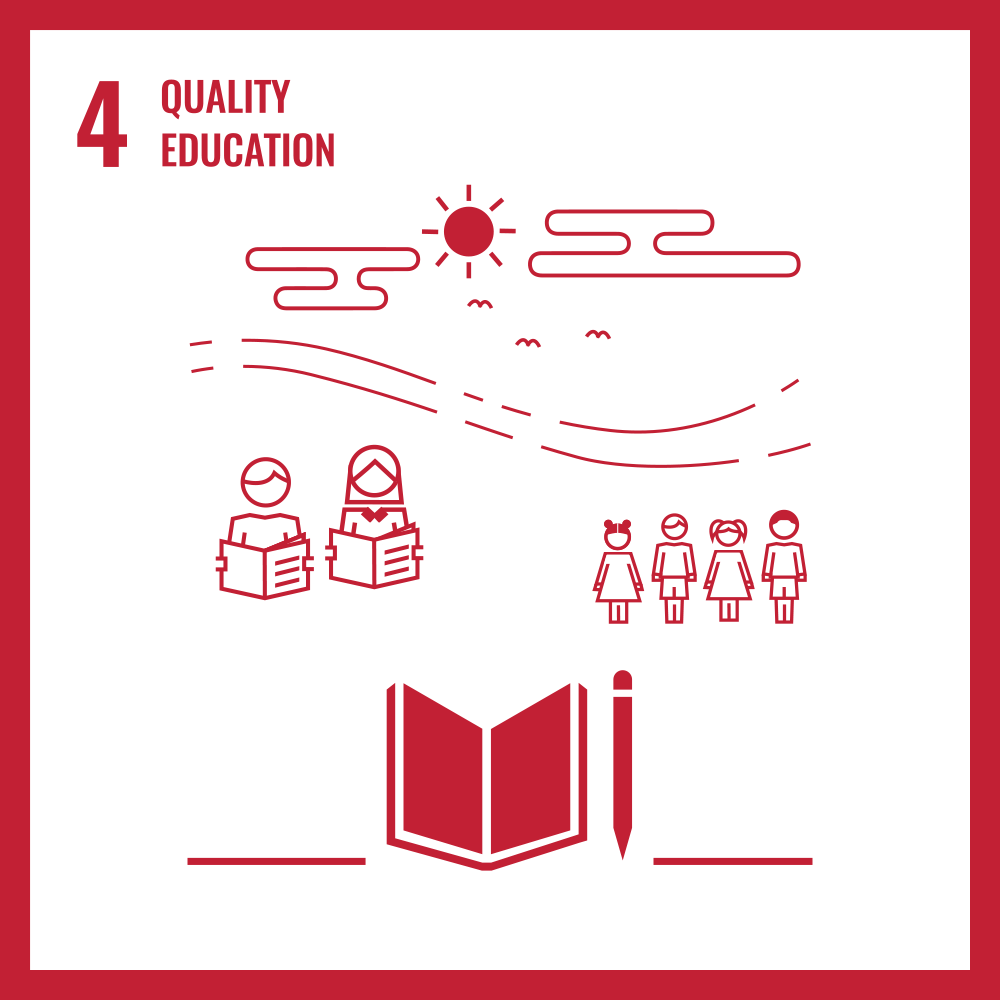

Quality Education
GMT supports SDG 4 quite differently than the others as it encourages education outside of the Bay of Bengal via information dissemination to stakeholders and promotes collaboration with schools playing educational games using the GRO-Coin and its “dividends.” GMT regards schools as a fundamental part of its outreach and growth strategy. Secondly, many of the nurseries, including the one GMT is currently working with (Thor Heyerdahl Climate Park) provide local communities with education facilities, including electricity (solar), books, tablets, etc.
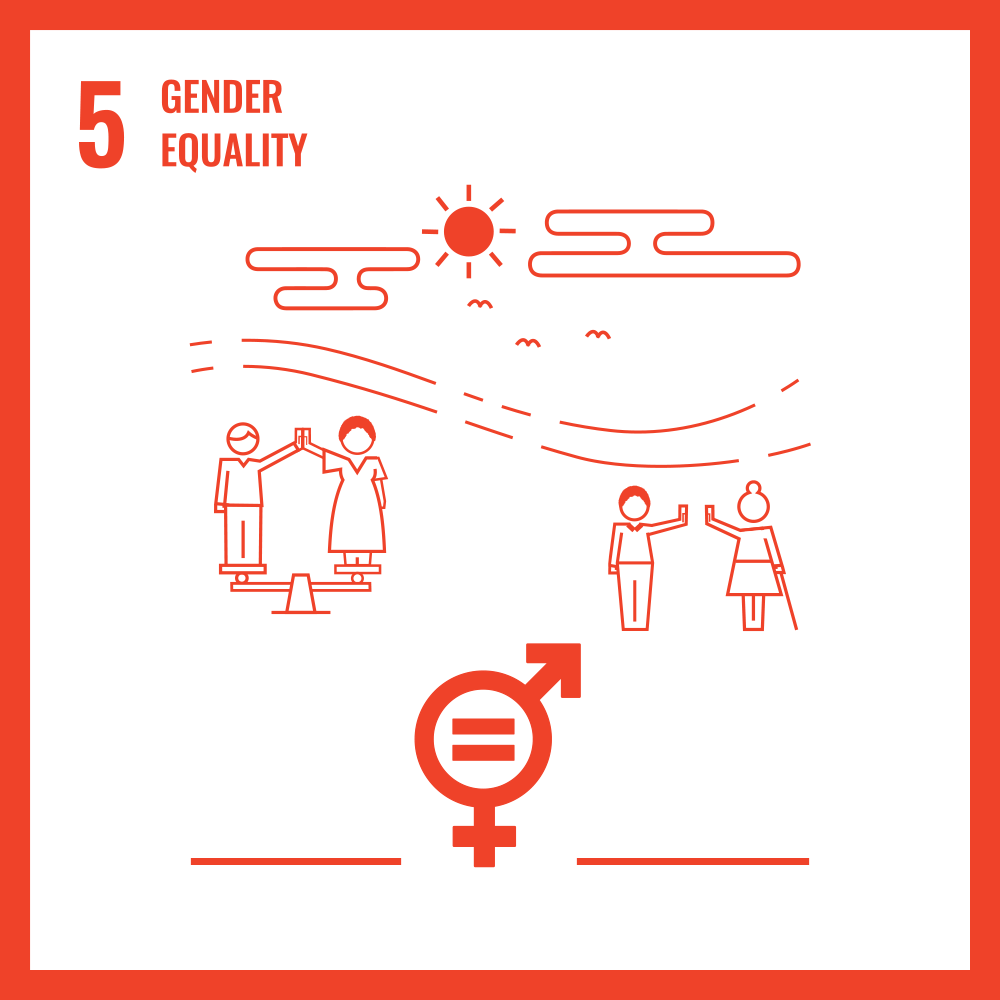
Gender Equality
Aside from GMT’s internal policies encouraging gender equality and diversity, the nurseries in the Bay of Bengal have an historical record of 70% of their staff being female. Thus, 70% of the livelihoods and wages paid out through GMT will go to women.
DecentWork and Economic Growth
The vast majority of staffing at the nurseries are local people and these jobs are very definitely “decent work,” which generate significant economic growth in their localities.


DecentWork and Economic Growth
The vast majority of staffing at the nurseries are local people and these jobs are very definitely “decent work,” which generate significant economic growth in their localities.
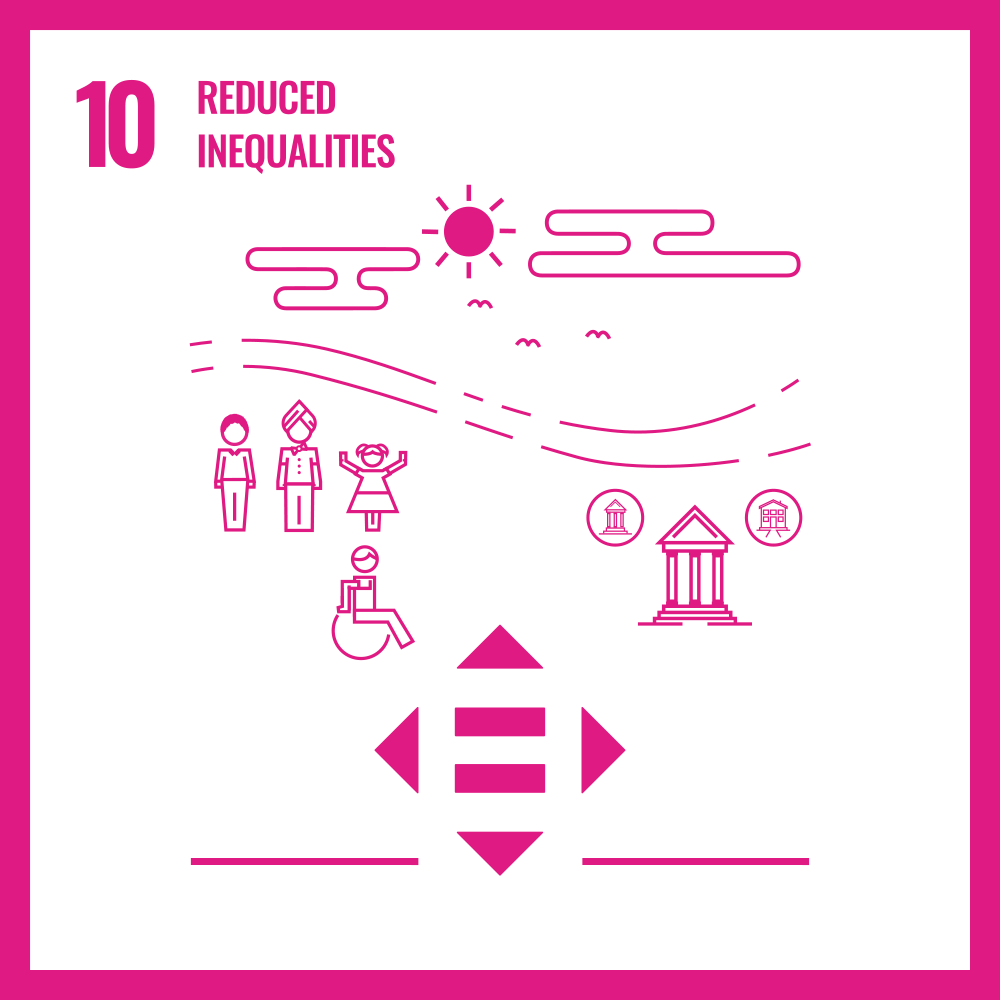
Reduced Inequalities
In virtually all emerging economies and the majority of developed economies, the economic centers and areas of greatest wealth are the big cities, while the rural people have considerably less. GMT addresses this by bypassing the cities and urban elites, paying the nurseries directly, who in turn pay the workers.
Sustainable Cities and Communities
This gets to the very heart of GMT’s raison d’etre, which is to help create ongoing growth in opportunities via the mangrove forests and their accompanying benefits, like the cultivation of commercially sellable orchids, aquaculture, fishing, honey, etc.
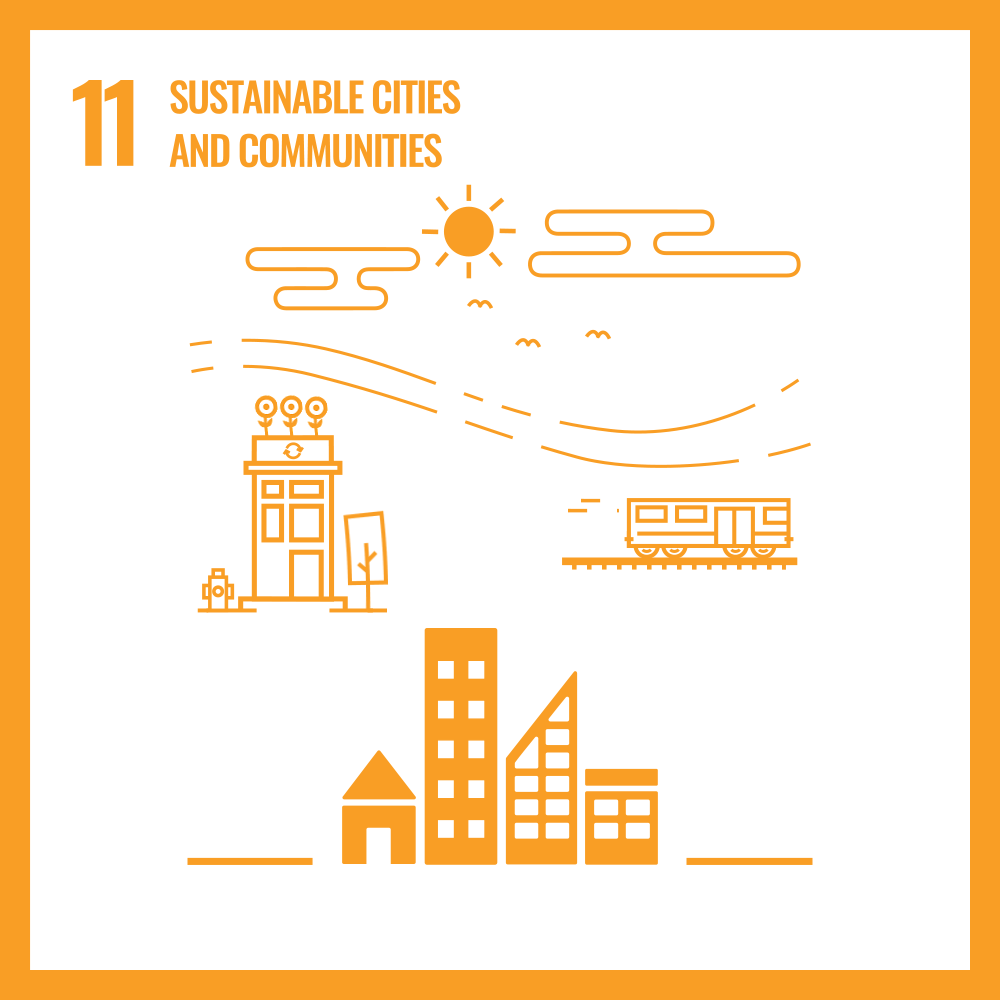

Sustainable Cities and Communities
This gets to the very heart of GMT’s raison d’etre, which is to help create ongoing growth in opportunities via the mangrove forests and their accompanying benefits, like the cultivation of commercially sellable orchids, aquaculture, fishing, honey, etc.
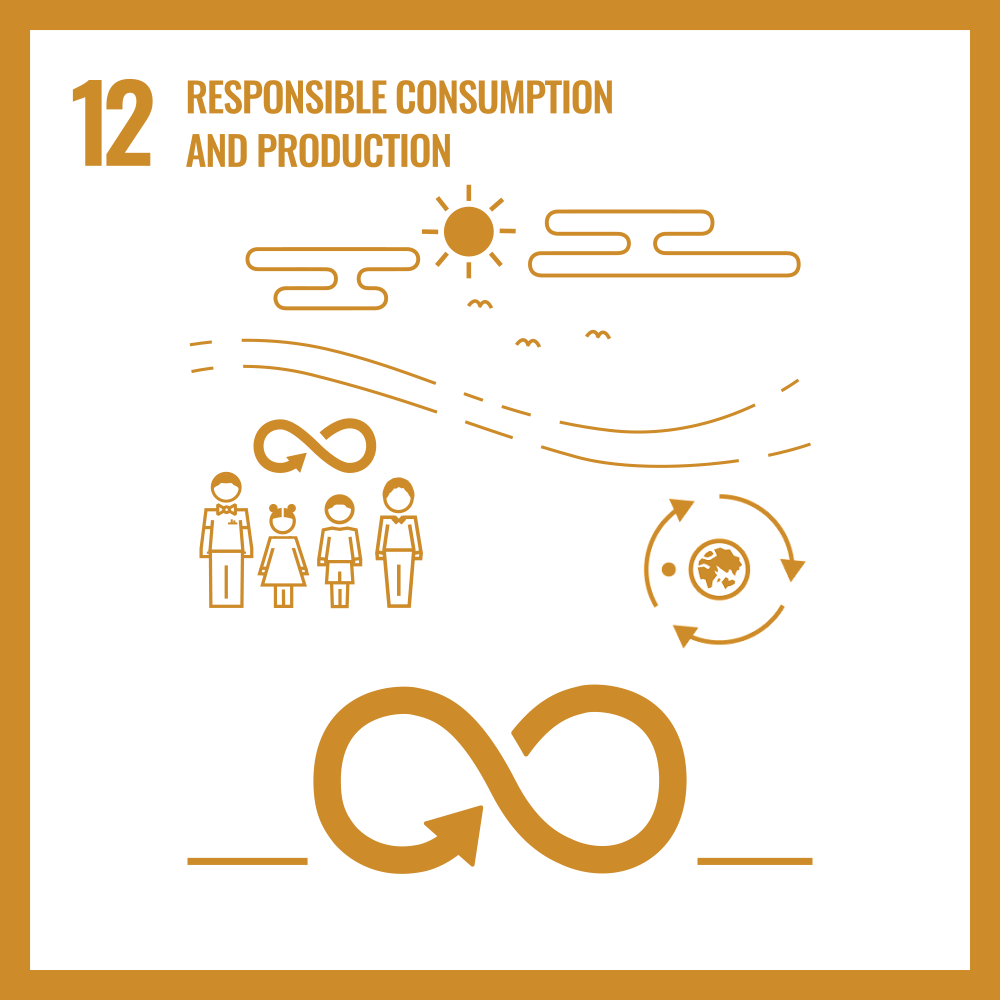
Responsible Consumption and Production
The policies of each nursery will be well known in advance of any funding, and will employ best practices, equating to “responsible production.” While unlikely to be needed, local communities may call on nurseries and their advice the when utilizing new resources like reclaimed land, larger fish stocks, greater wildlife, etc.
Climate Action
GMT’s greatest focus and value-add, as the mangrove forests are the world’s best forests for sequestering and storing carbon. This was the impetus for the founding of GMT.
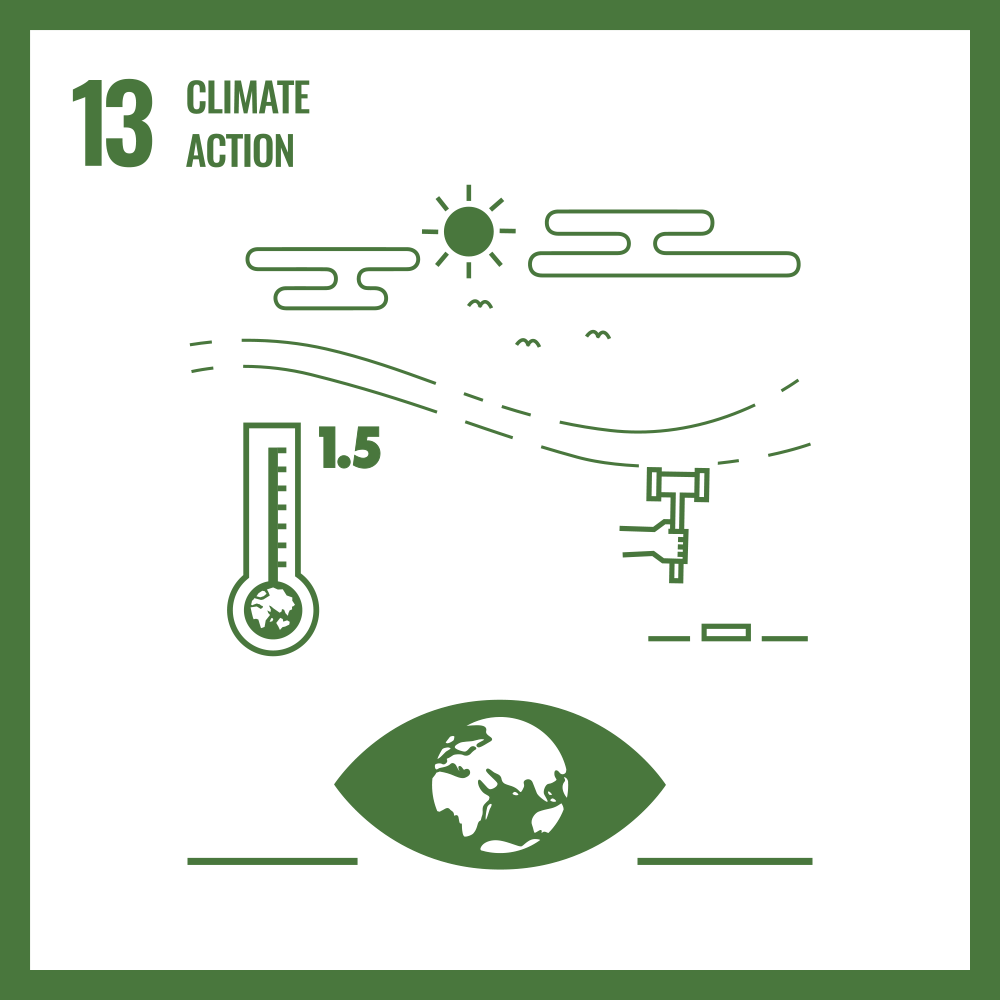

Climate Action
GMT’s greatest focus and value-add, as the mangrove forests are the world’s best forests for sequestering and storing carbon. This was the impetus for the founding of GMT.
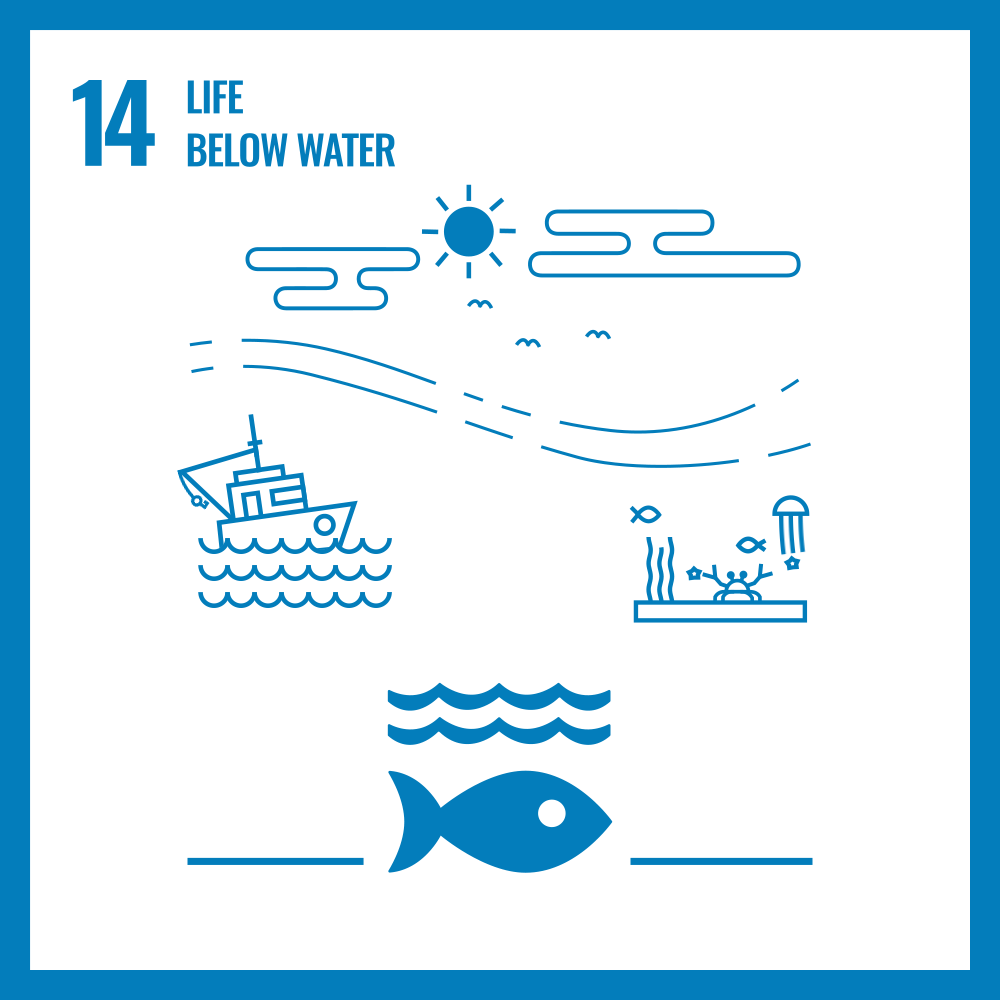
Life Below Water
Mangrove roots are the secret ingredient here as they filter pollution from the seas and present an ideal location for sea-life to reproduce and thrive. This works all the way from newborns to dugongs (similar to manatees) and larger fish species. The bigger the forest, the more it helps the seas and its inhabitants.
Life on Land
We are already seeing the dramatic increase in wild life in the forests that have been planted in the Thor Heyerdahl Climate Park: The entire food chain is present, from the plant eaters, to the smaller predators, to the bird life to the larger predators. We are even seeing wild elephants returning. Perhaps more importantly, mangrove forests can mitigate the impact of natural disasters like tsunamis and hurricanes. In fact, it was this reason that spurred Worldview International Foundation, the group managing the Heyerdahl Park, to shift their focus from other pursuits to the planting of mangroves. This is summed up in Dr. Schillebeeckx’s and Dr. Merrill’s case study: “Miracle Mangroves and the Funding of Green Shields in the Bay of Bengal.”
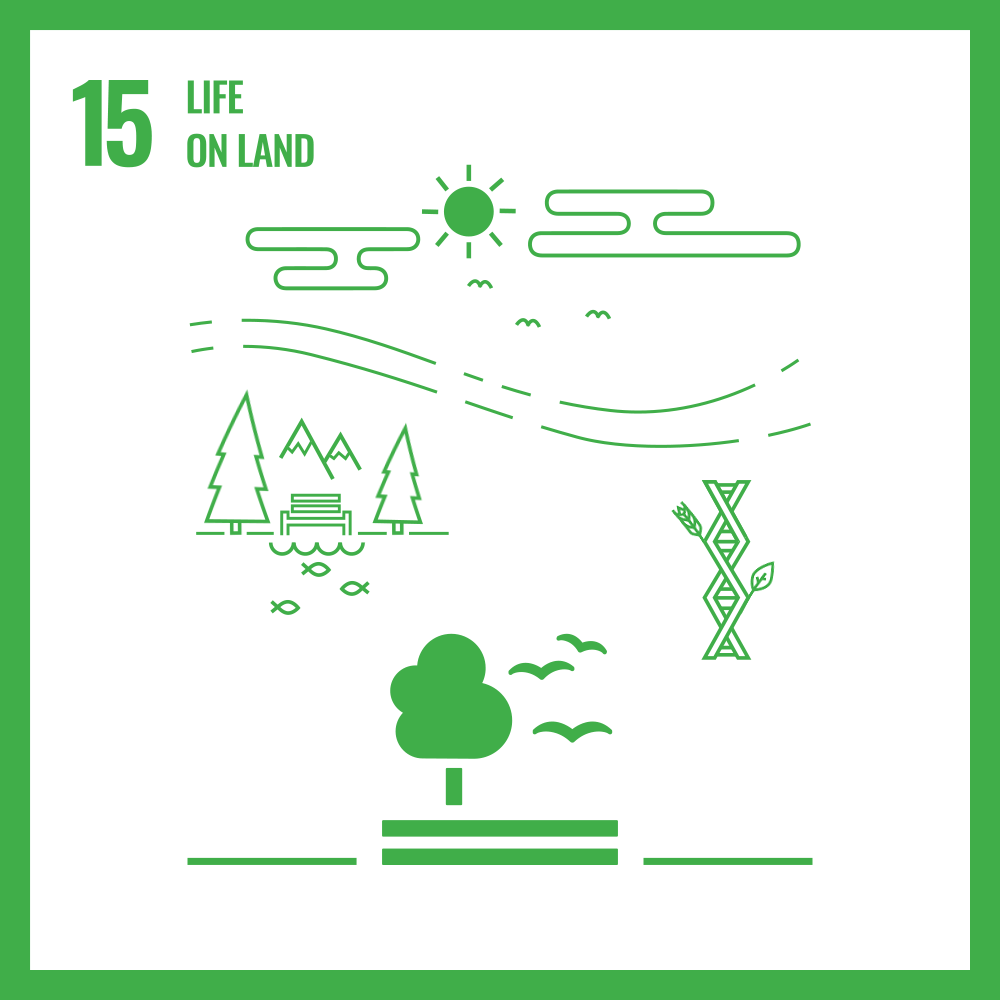

Life on Land
We are already seeing the dramatic increase in wild life in the forests that have been planted in the Thor Heyerdahl Climate Park: The entire food chain is present, from the plant eaters, to the smaller predators, to the bird life to the larger predators. We are even seeing wild elephants returning. Perhaps more importantly, mangrove forests can mitigate the impact of natural disasters like tsunamis and hurricanes. In fact, it was this reason that spurred Worldview International Foundation, the group managing the Heyerdahl Park, to shift their focus from other pursuits to the planting of mangroves. This is summed up in Dr. Schillebeeckx’s and Dr. Merrill’s case study: “Miracle Mangroves and the Funding of Green Shields in the Bay of Bengal.”
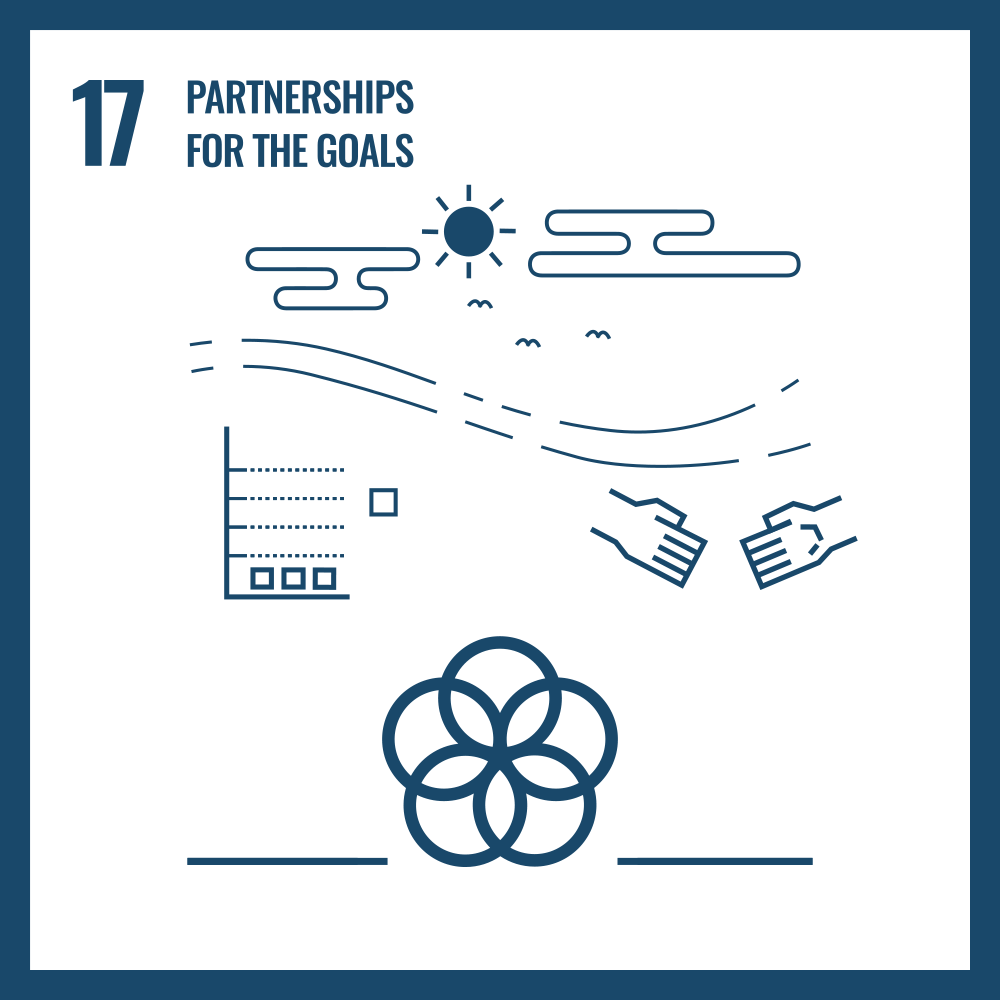
Partnerships (between governments, the private sector and civil society)
Nearly all the land that is being reforested, afforested, and conserved has been provided by local and national governments to private sector companies, complete with guarantees against future deforestation and unsustainable policies of forest exploitation.”

